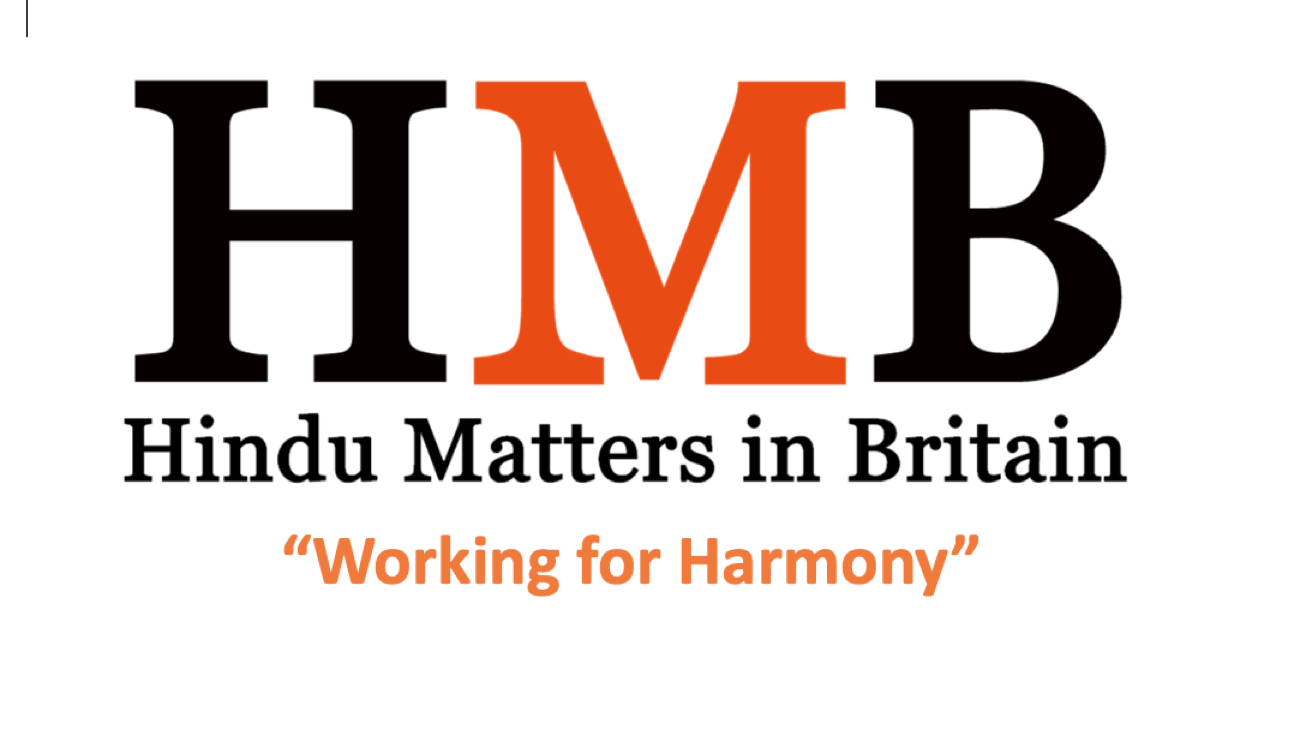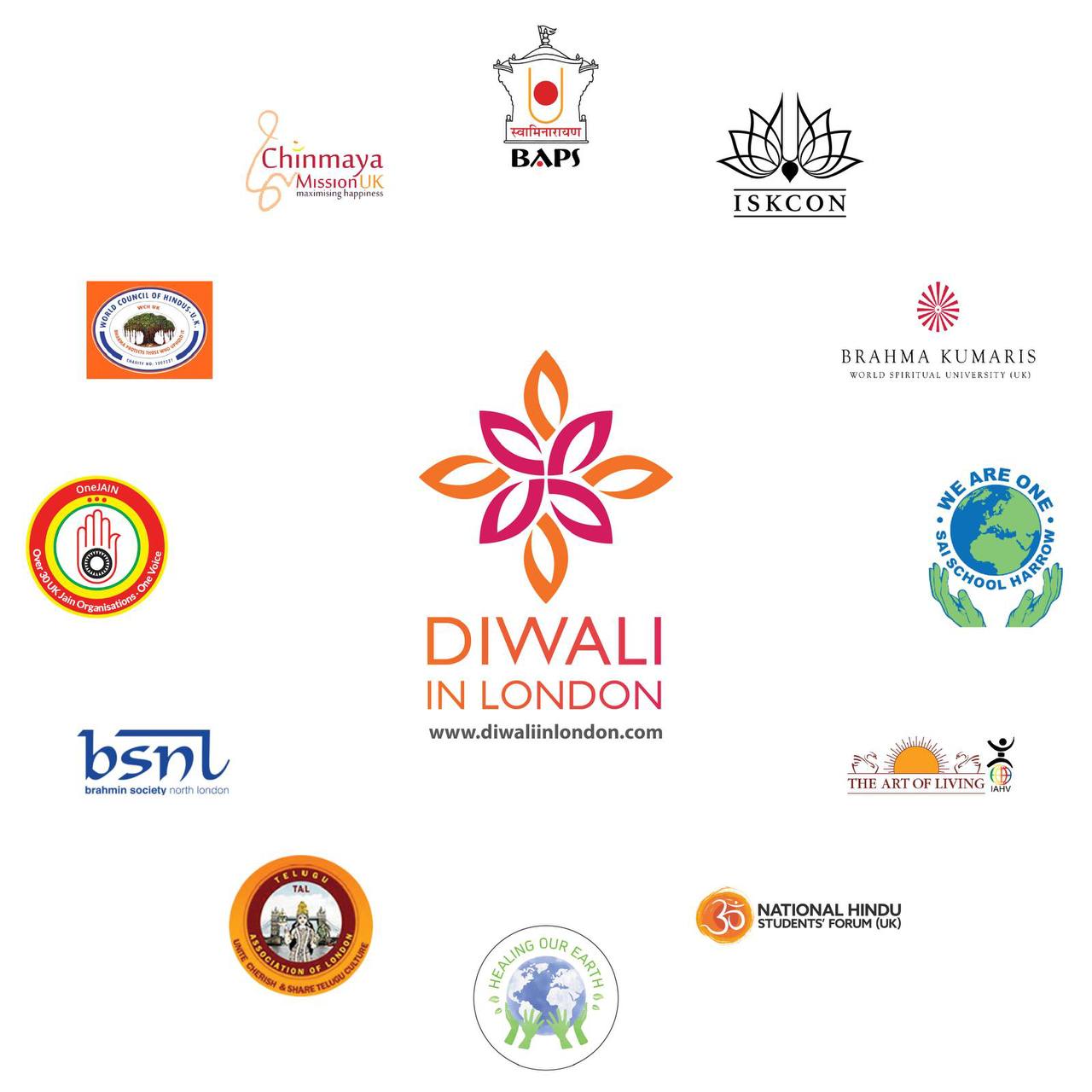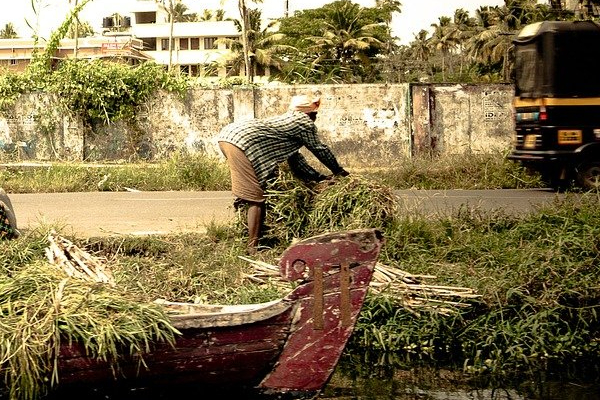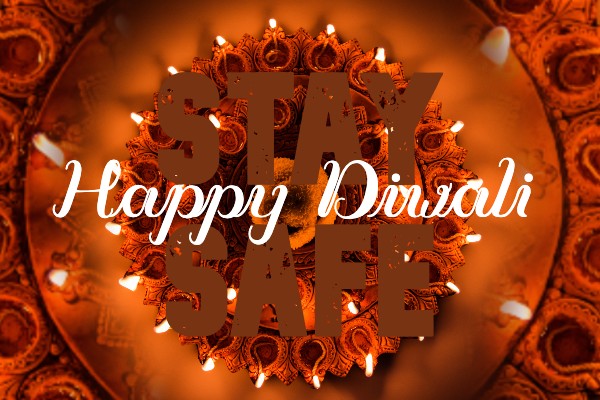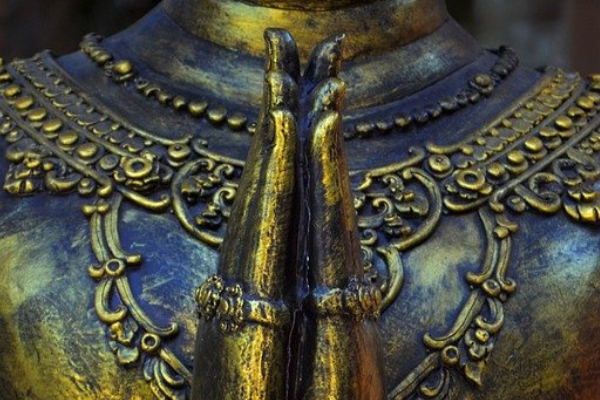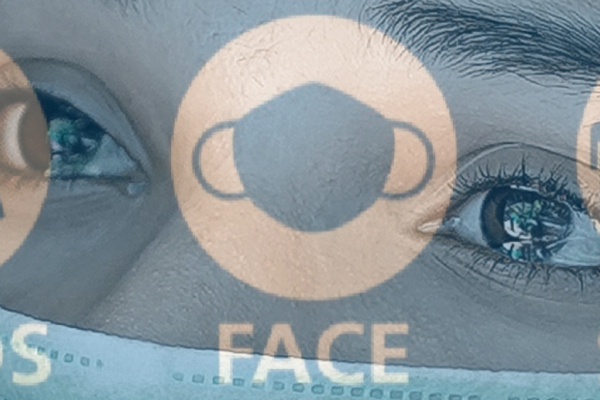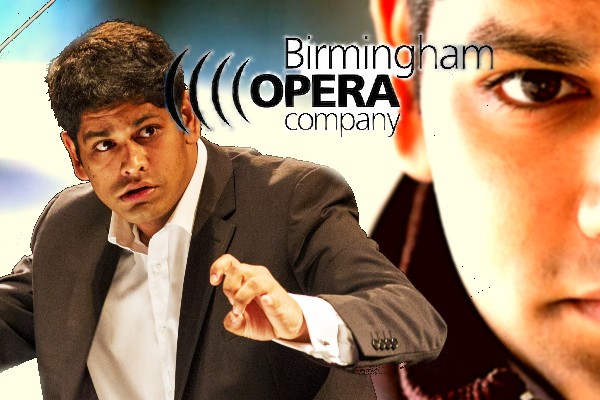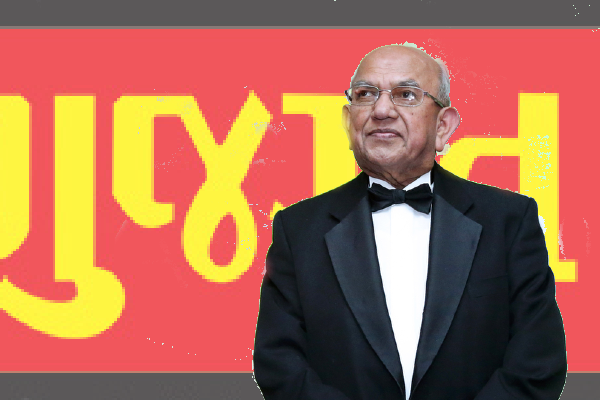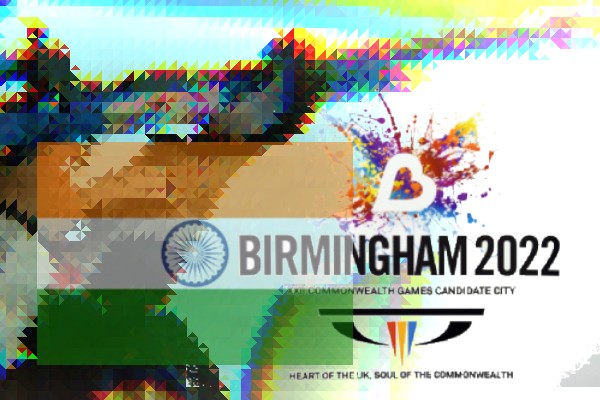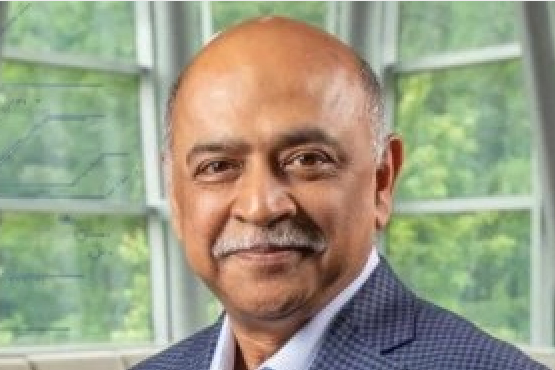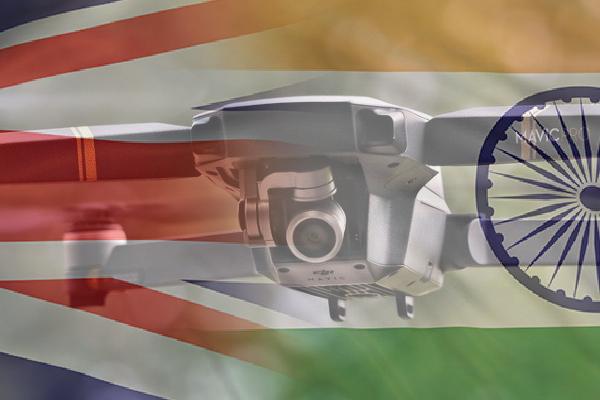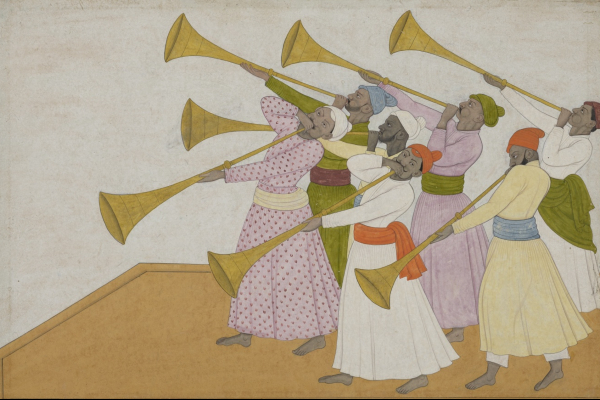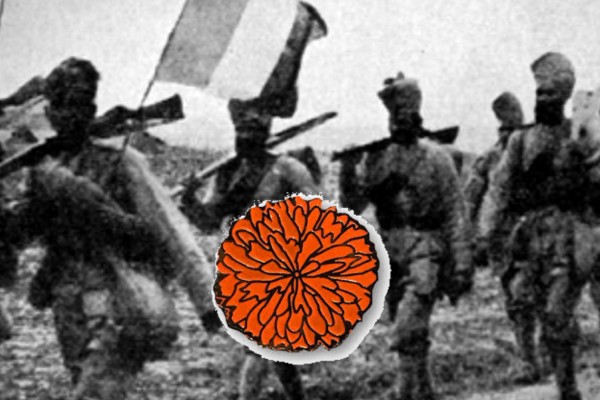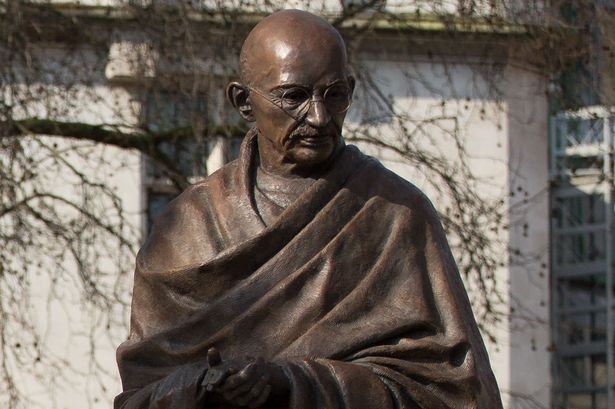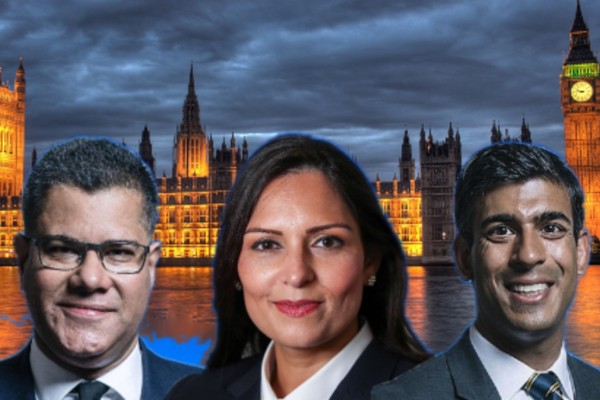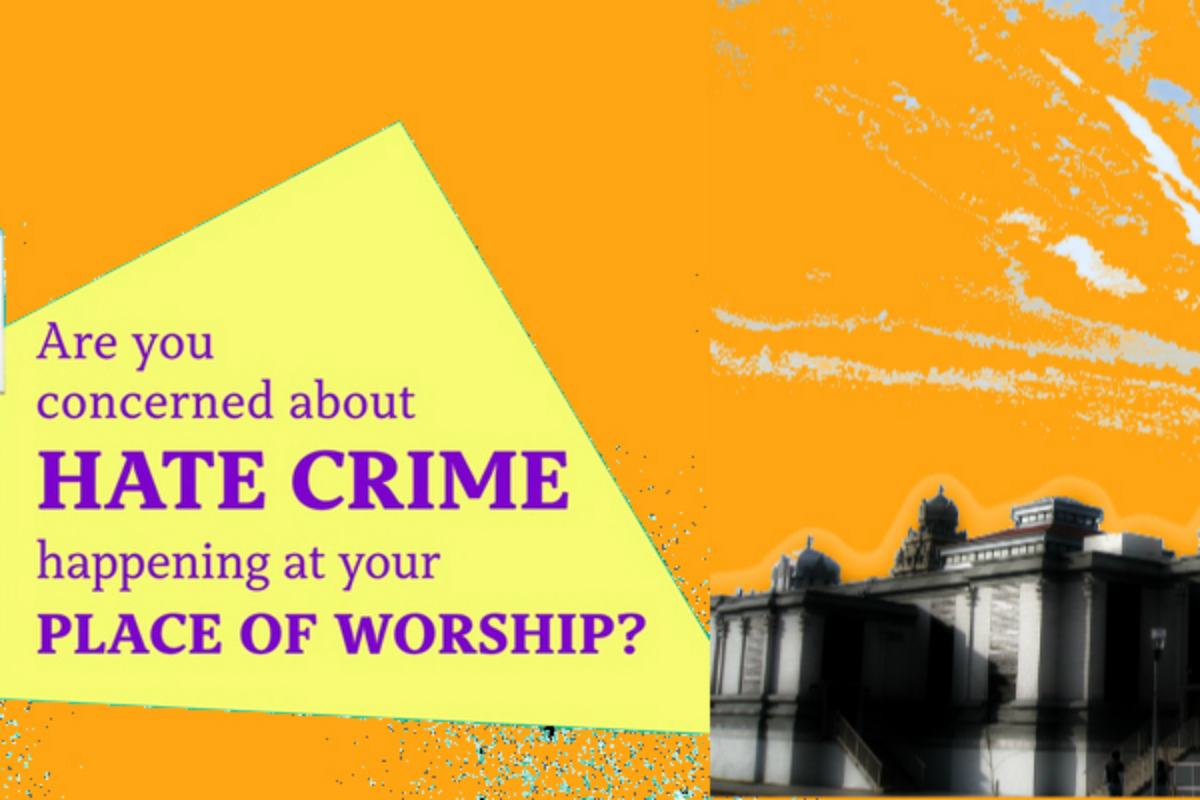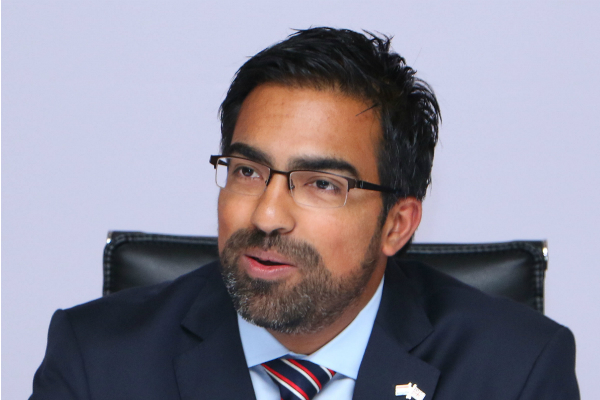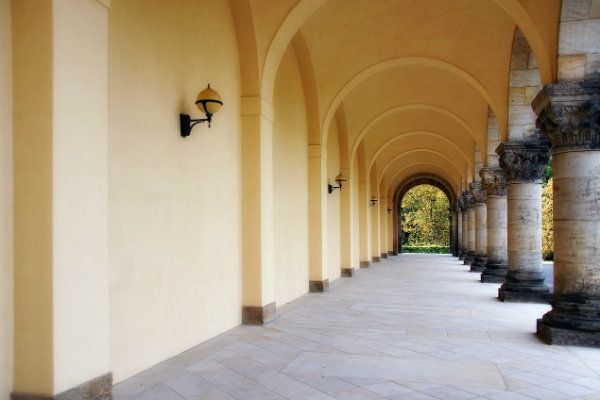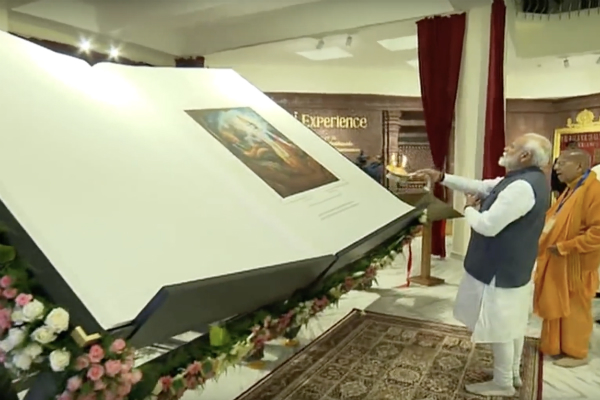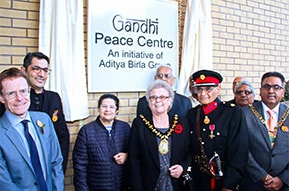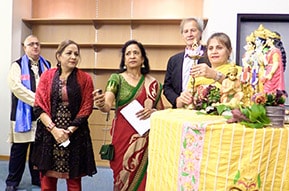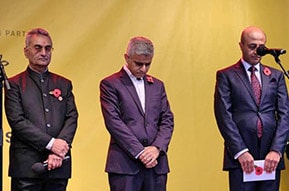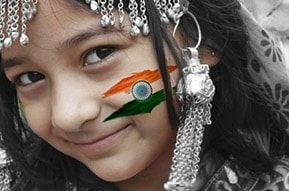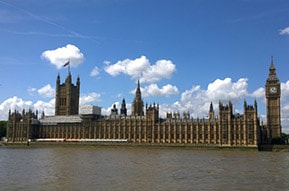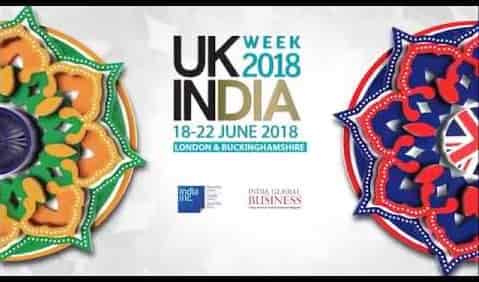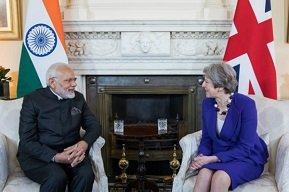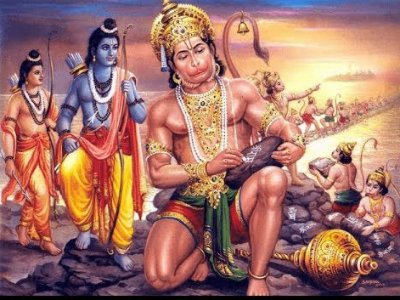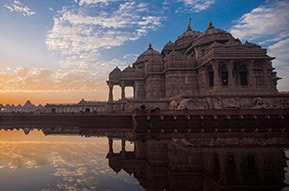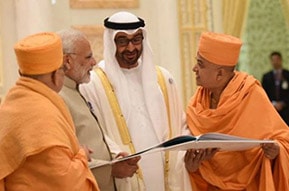Hindu HMB report
It would not be a surprise to anyone that there has been some form of Hindu presence in the United Kingdom since the 19th Century partly coinciding with the presence of the British in India. Eminent Hindus with likes of Swami Vivekananda, Rabindranath Tagore and Swami Paramahansa Yogananda amongst others have all stepped on to the British shores.
However, it was in the mid to latter part of the 20th Century that the Hindu population of the Hindu community began to steadily rise. The majority of Hindus had come directly from the Indian sub-continent, primarily India. Others came from other parts of the world such as East Africa, who were the descendants of people who originally came from the Indian sub-continent. In recent times, many of the Hindus are British born as they establish themselves as the third, fourth and in some cases fifth-generation British Hindus with their own distinct identity within the diverse Britain of today.
According to the Office for National Statistics (ONS), the data extrapolated from the 2011 Census of England and Wales indicates that there are around 817,000 Hindus in the UK currently which is around 1.5% of the total population. This makes them the fourth largest religious group in Britain after Christianity (59%), No Religion (25%) and Islam (5%).
Regarding the South Asian community (Indian, Pakistani, Bangladeshi, Sri Lankan) specifically, the number of people of Hindu origin make up 27% of the population, making it the second-largest group after the Muslim community who account for 57%. The third-largest group linked to the South Diaspora are the Sikhs at 14%.
In the modern era, there have been three very distinct waves of migrations in the UK related to Hindus. It would be safe to suggest that most of the migration occurred after the Second World War. As a footnote, one must not forget the contribution of Indian soldiers from all faiths who fought in both the World Wars which in itself put a foothold of the Indian diaspora onto the shores of Britain.
The first wave of migration is connected to the independence of India in 1947 and the partition of the nation. This together with the shortage of skilled labour in Britain after the Second World meant that many Indians came over to Britain from the sub-continent to fill the void. People of Indian origin made inroads in all areas of the job market, but it was in an area such as health, textiles and other related fields where opportunities opened up the migration trail.
The second wave of immigration can be attributed to the expulsion of Asians from Uganda in the 1970s. Many Hindus managed to make Britain their new home and large communities built around places like Harrow in north London and Leicester in the East Midlands. The Uganda expulsion also caused many Asians in the region to re-think their own futures which further led to Asians from surrounding East African countries of Kenya and Tanzania to also leave for Britain. One must not also forget that the migration of people from the West Indies to Britain further included a significant number of people of Hindu origin. The populations of Guyana and Trinidad and Tobago have a substantial number of Hindus. Similarly, some of the people who have migrated from islands such as Fiji and Mauritius to consist of people of Hindu origin.
The third wave of migration would be attributed to the 1990s as a much flexible immigration policy allowed an increase in students attending British educational establishments and the increase in skilled Indian labour in fields like IT and health. The common stereotype of Hindus preferring to choose careers in health, engineering and finance is slowly diminishing as the new British Hindu identity is making their mark in all areas of the British social, cultural and economic life.
Indeed, the likes of Hinduja and the Mittal empire gives the Hindu community a tremendous success kudos as their vast empires provide thousands of jobs internationally and valuable tax revenue to the Chancellor’s purse. It is not merely the economic success, but the wider implication of positive stereotypes that British Hindus are ambitious, hard workers and willing to fit into the broader context of British society. This image perpetuates into the mainstream British psyche that eases into the building of long-term relationship building in a Britain of the future.
In terms of actual numbers, since the 1960s, the Hindu population has risen from around 30,000 to 138,000 in 1970s. By the 1980s, it was 278,00 and 1990s the figures reached 397,000. In the year 2001, the population was 559,000 and currently, the Census figures state the population at around 817,000. In relative terms, since 2001, the Hindu population has increased by around 277,000 or over 40%. This may seem like a significant increase, but analysed comparatively with other ethnic communities and taking the relatively small numbers, it is not a massive rise.
Compared to other faiths, the Hindu population is least likely to be British born with only a third born in the UK. This accounts for around 300,000 or so who now form the third, fourth and even fifth generation. This is followed by Buddhists (40%) and Muslims (47%). This pattern remains unchanged since 2001. These figures are for England and Wales, but with only a tiny minority of Hindus in Scotland and Northern Ireland (NI) there should not be much of a discrepancy in the overall trend for the UK.
As to the home nations specifically, Scotland has around 5,600 Hindus which comprises 0.1% of the Scottish population. In Wales, there are around 10,500 Hindus and Northern Ireland has a few hundred people of Hindu origin.
Regarding the geographical link, ONS Data suggests that nearly half of the Hindu population reside in London. The London boroughs of Harrow and Brent account for 25.3% and 17.8% respectively. Outside London, it is the East Midlands city of Leicester which accounts for 15.2% of the population and is sandwiched with other London boroughs including Redbridge (11.4%) and Hounslow (10.3%).
In the 2011 Census, Christians had the oldest age profile of the main religious groups. Over one in five Christians (22%) were aged 65 and over. The Hindu profile was highest in the range of 25 – 49 years. Muslims had the youngest age profile of the main religious groups.
|
Religion by age, England and Wales, 2011 |
|||||||||
|
Percentages |
|||||||||
|
|
All |
Other religion |
Sikh |
Muslim |
Jewish |
Hindu |
Buddhist |
Christian |
No religion |
|
0 – 24 |
30.7 |
18.7 |
34.4 |
48.4 |
30.2 |
31.5 |
25.2 |
25.5 |
39.4 |
|
25 – 49 |
34.7 |
47.7 |
41.6 |
39.5 |
30.2 |
45.2 |
50.3 |
31.0 |
42.2 |
|
50 – 64 |
18.1 |
24.3 |
15.6 |
8.1 |
18.7 |
15.2 |
18.3 |
21.1 |
12.8 |
|
Age 65 + |
16.4 |
9.2 |
8.3 |
3.9 |
21.0 |
8.1 |
6.2 |
22.3 |
5.6 |
|
Source: Census 2011, ONS |
|||||||||
Socio - Economic Link
As mentioned earlier, the Hindu communities continue to thrive. According to the Demos Integration Hub, which analysed ONS data, the Hindu population is extremely successful with relatively higher representation in professional and managerial positions. Figures suggest that Hindu men are more likely than the general population to be entrepreneurs, and both Hindu men and women are more likely than the general population to have higher education.
The Hindu community is the most economically active of all the faiths, and only second to people who identified themselves with no religion at 74%. Of those Hindus that are economically active, three-quarters are employees and around 13% are self-employed. British Hindus had the highest economic activity in 2011 with a median wealth of £206,000 in 2006 compared to the median net wealth of £223,000 for Christians. Over the last two decades, Hindus in Britain has had the third-lowest poverty level (after British Christian and British Jews), and the second-lowest rates of arrest, trial or imprisonment at 0.5% (after British Jews' 0.3%) among all ethnic groups tracked by UK's Ministry of Justice data.
In overall terms, research reveals that Britain's Indian community is leading the way as a success story of integration and economic advancement – not only out-performing most other minority groups across a host of measures, but also host community. However, it is sometimes difficult to extrapolate data specifically by faith. Much of government data is sometimes tagged by a race which incorporates Hindus to much of the extent, but it would also include some of the other faiths.
Nevertheless, work by Demos reveals that 75.7 % of British Indian students in England obtain 5 or more ‘Good’ GCSE (including English and Maths), compared to 60.5 % of White British students.
With regards to university education, 26 % of British Indian students in England go on to university at the top-third of Higher Education Institutes, compared to 15 % of White British students. British Indians are over-represented in the medical profession, accounting for 12 % of all doctors in the UK – while accounting for only 2.3 % of the population. And recent findings revealed that Hindus scored the highest and well above the national average regarding the happiness indicator.
In areas of faith schools, there are only four Hindu faith schools with the first one opening in 2010. Since then there have been three or so with more planned. But these numbers are minuscule compared to other faith groups. There is also a debate whether many Hindu parents prefer mainstream schools over faith schools to better integrate their children within the wider society. Indeed, the mixture of mainstream schools and additional Saturday teachings in temples and cultural activities continues to work within the community while the faith school debate and how much of religious literacy should be taught in school continues to dominate the news headlines.
An area where there is contention and has blighted the Hindu community is the issue of caste and whether legislation against caste discrimination was necessary. Opinion within the community is divided with passionate arguments from both sides on whether the past heritage of the motherland should be isolated from the new British Hindu identity where caste is not relevant.
In any case, the controversy has led to highlighting an apparent flaw in the British Hindu repertoire. That is the lack of political engagement and understanding of how the political and legislative processes work in Britain and why Hindus are not engaging in public life to voice their opinion. Some would disagree stating that British Hindus are politically savvy. But in comparison to other communities and the lack of Hindu numbers in local authorities, councils and parliament, it is clear that British Hindus do need to make a much bigger impact in the public sphere. In the last few years, things have improved as the likes of Priti Patel and Seema Malhotra have offered new confidence for Hindus in politics as well as getting more women engaging in the frontline.
In summary, British Hindus are making a substantial contribution to all aspects of British life. The community is making tremendous inroads in social, cultural, economic and now also the political life of modern Britain. Hindus are proud to be associated with descriptions such as innovation, compassion, hard work, ambition, family, community – all for the greater good of the nation.
Sources – Office for National Statistics (ONS); Home Office; Ministry of Justice; R. Gale and C. Peach, Muslims, Hindus, and Sikhs in the New Religious Landscape of England, Geographical Review, (2003); Demos Integration Hub.
